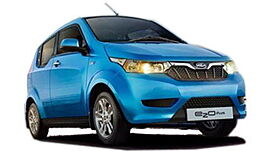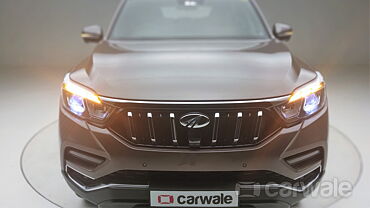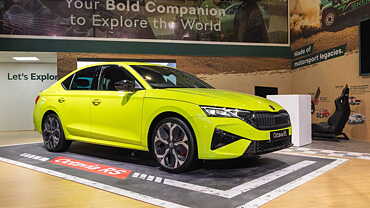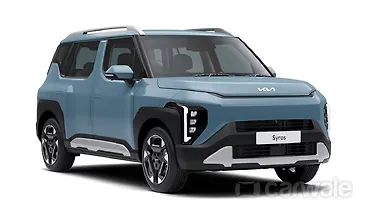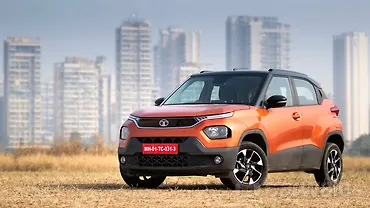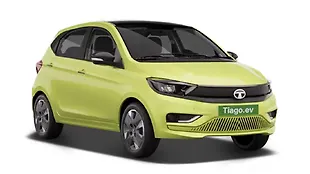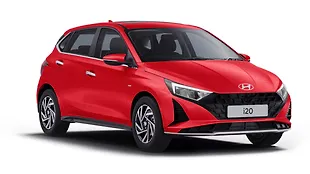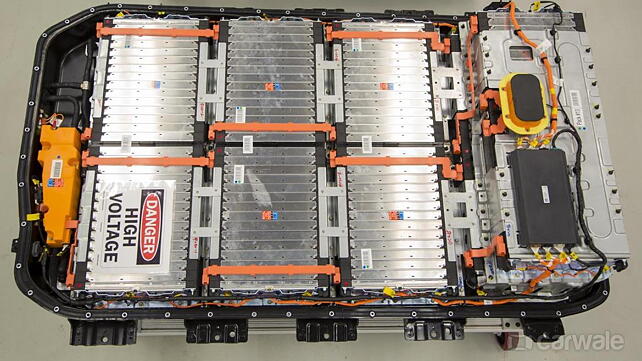
According to sources, plunging battery costs will cause the price of EVs fall lower than the ICEs (internal combustion engine) within a span of ten years.
Change will only truly have happened when the reason to switch to EVs would no longer be just about cheaper running costs or it being green, but because it is cheaper to buy too! The key driver of this sort of change is the continued drop in cost of batteries thanks to the economies of scale. Another propellant is the eventual rise of the cost of the ICE vehicle due to it embracing the rising emission restrictions that inadvertently clip its wings.
We need to understand that batteries account for around half the cost of an EV on an average. And with a ramp up in mass production of batteries, fresh research reveals that the battery cost will drop by about 77 per cent between now and the year 2030. Markets that’ll first benefit out of these cuts would be the US and Europe by the year 2025, before they start filtering down to the rest of the world. Renault predicts that the total ownership costs of EVs will be similar to ICE vehicles by the early 2020s.
Let’s just look at battery building proposition for now. India is a country that can make cost-effective technology and cars, which is why a number of car-makers prefer to set up production shops here. If the government pushes for deployment with strong support for suppliers, what’s the harm in seeing our country become a battery production hub of the world? Imagine the revenue that could be generated thanks to this tech being implemented worldwide.
Picture: Chevrolet Bolt EV battery pack depicted for representational purposes only

